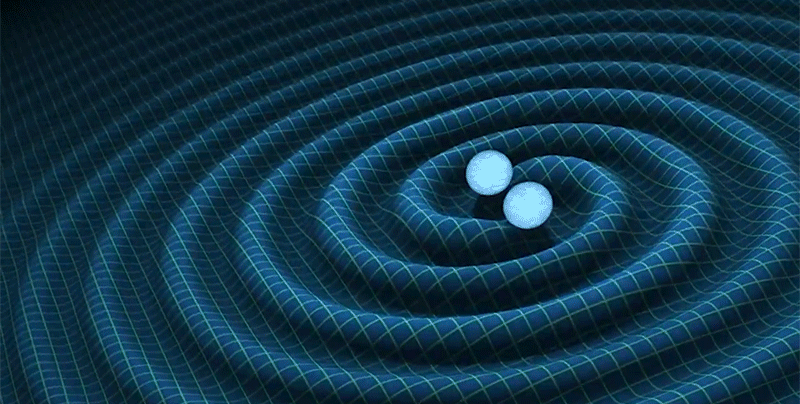
Last month, the world celebrated as physicists confirmed the existence
All you need to do is download a screensaver. The project, called Einstein@home, takes advantage of your computer’s idle time to scour through troves of data collected by the Laser Interferometer Gravitational Wave Observatory (LIGO) between September and January. That’s the same recent LIGO run responsible for the world’s first—and rather spectacular—gravitational wave signal, of a pair of heavyweight black holes colliding 1.3 billion light years away.
Physicists aren’t expecting to see another big, dramatic wave in this batch of data. But they’re very interested in pulling out fainter signals, such as those produced when a pair of neutron stars spin about each other very quickly. These signals take more computational time to tease out, and the best way to find them is to enlist a bunch of computers with nothing better to do.
Now that LIGO has proven capable of detecting the spacetime ripples that cause atoms to jiggle by a practically infinitesimal amount, physicists expect the discoveries to keep rolling in.
[h/t Nature News]